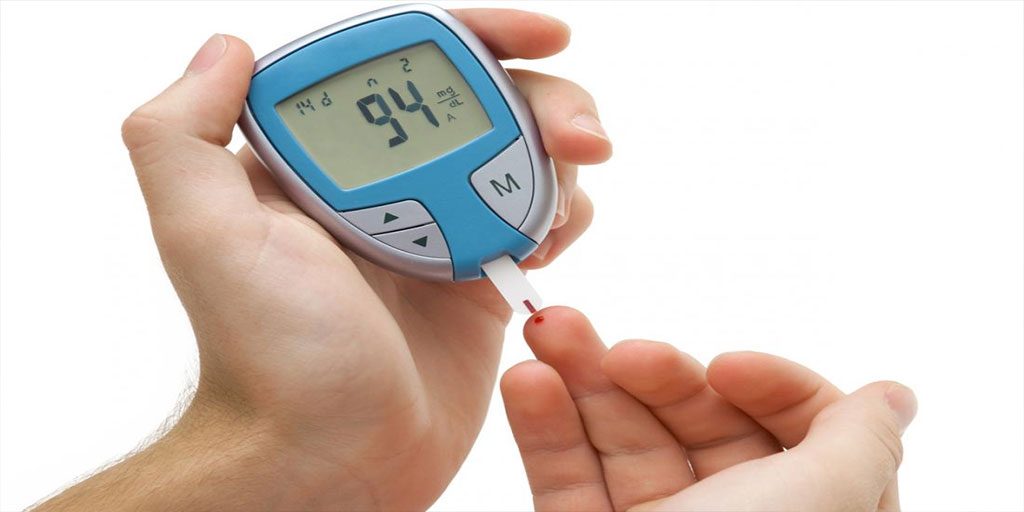



21st June 2020
'Normal' blood sugar levels may not be so normal after all
A new study — conducted by researchers at Stanford University in California — reveals that common foods can cause blood sugar spikes in otherwise healthy people. Paying closer attention to these spikes could prevent diabetes and some of its complications.
Diabetes affects over 30 million people in the United States, which is almost 10 percent of the population. An additional 84 million people have prediabetes.
Abnormal blood sugar levels are a hallmark of this metabolic disease. To measure these levels, physicians use two main methods: they either take fasting blood sugar samples, which informs them of the level of sugar in the blood at that specific point; or they measure levels of glycated hemoglobin (HbA1C).
The glycated hemoglobin test is routinely used to diagnose diabetes, and it relies on the average levels of blood sugar over a period of 3 months.
Despite their widespread use, neither of these methods can say anything about the fluctuations in blood sugar that happen over the course of a day.
So, researchers led by Michael Snyder, who is a professor of genetics at Stanford, set out to monitor these daily fluctuations in otherwise healthy individuals.
They looked at the patterns of blood sugar change after a meal and examined how these patterns vary between different people who have had the same meal.
Prof. Snyder and colleagues published the results of their research in the journal PLOS Biology.
Three types of blood sugar variability
For their study, the researchers recruited 57 adults aged 51 years, on average, who had not been diagnosed with diabetes.
Prof. Snyder and team used novel devices called continuous glucose monitors to assess the blood sugar of the participants in their normal environment. Also, the researchers evaluated the participants' whole-body insulin resistance and insulin secretion.
The blood sugar and metabolic measurements allowed the researchers to group the participants into three different "glucotypes," based on the patterns of blood sugar variability.
People whose blood sugar did not vary much were grouped under "low variability;" those whose blood sugar was found to spike quite often were grouped under "severe variability;" and finally, people who fell in between were classified as the "moderate" glucotype.
The findings revealed that "glucose dysregulation, as characterized by [continuous glucose monitoring], is more prevalent and heterogeneous than previously thought and can affect individuals considered normoglycemic by standard measures."
Glucose often in prediabetic, diabetic range
Next, the researchers wanted to see how people of different glucotypes reacted to the same meal. So, they offered all the participants three types of standard breakfasts: cornflakes with milk, bread with peanut butter, and a protein bar.
Each participant responded uniquely to these breakfasts, which suggests that different people metabolize the same food in different ways.
[apss_share]




